12 Interesting Facts About Mexico You Should Know Before You Go (Climate, Language, History, and More)

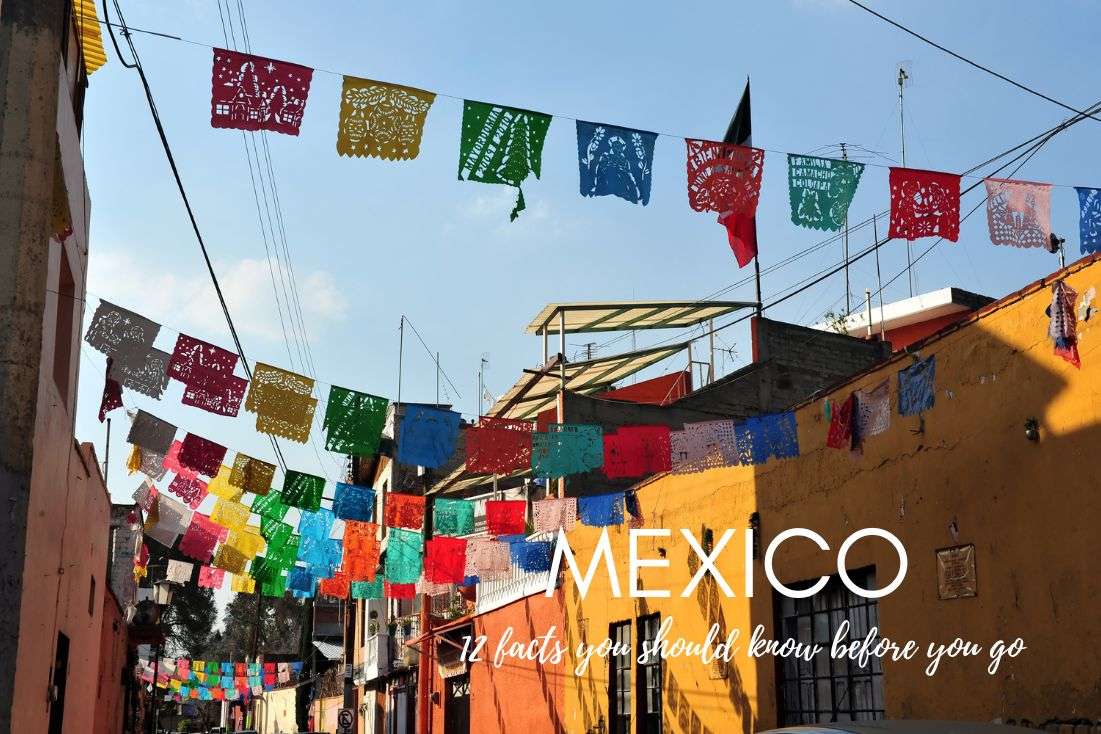
Enormous, friendly, and slightly dangerous? Yes, Mexico checks all those boxes. And because you don't want to be traveling around not knowing anything, it's time to educate yourself! These are the 12 most important facts you should know about Mexico before you set off on your trip.
You might also be interested in reading:
- Yucatán Itinerary—2 Weeks Full of the Best Places to Visit
- Safety in Mexico—Is It Safe to Travel There?
- The Best Food in Mexico: 11 Things You Should Try + 3 You Shouldn’t
- 7 Best Aztec Ruins in Mexico
- 33 Mexico Travel Tips from Our Own Experience
1. Where is Mexico and how can you get there?
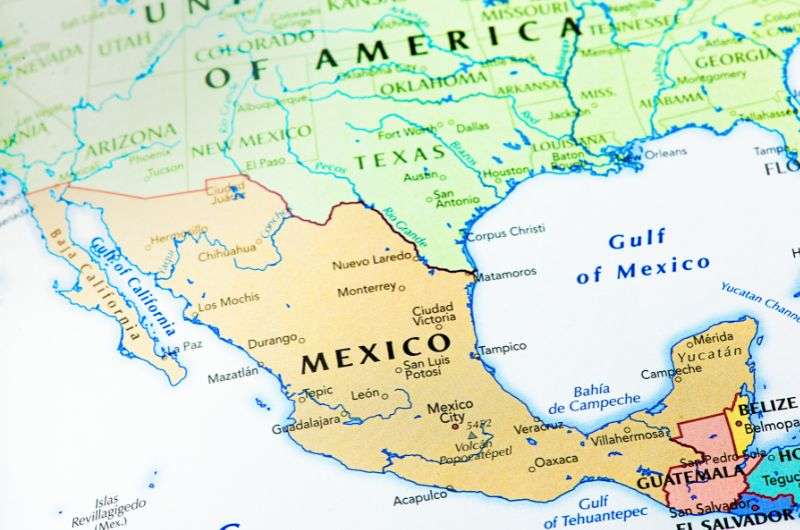
Mexico lays on the South of North America
Mexico is a country in North America; it is bordered by the USA in the north and Guatemala and Belize in the south. In the west, the country is washed by the Pacific Ocean, and in the east it is bordered by the Gulf of Mexico and the Caribbean Sea. (If you had listened to your geography teacher, you would have known that.)
You can comfortably get to Mexico by plane. There are several international airports, the biggest one in Mexico City. It’s the busiest airport in Latin America, making it a perfect opportunity for you to try what the life of a sardine feels like.
Of course, if you are from the US or other country close to Mexico, you can travel by car. But that might not be such a good idea, as Mexico is really big and most of what you might want to see sits in the bottom half of it. For instance, Mexico City, which sits amid the main attractions, is about 1700 miles (2800 km) from Tijuana, the most popular border with California. So flying out there and renting a car on the spot will save you a good chunk of time and will be infinitely more comfortable.
2. How big is Mexico?
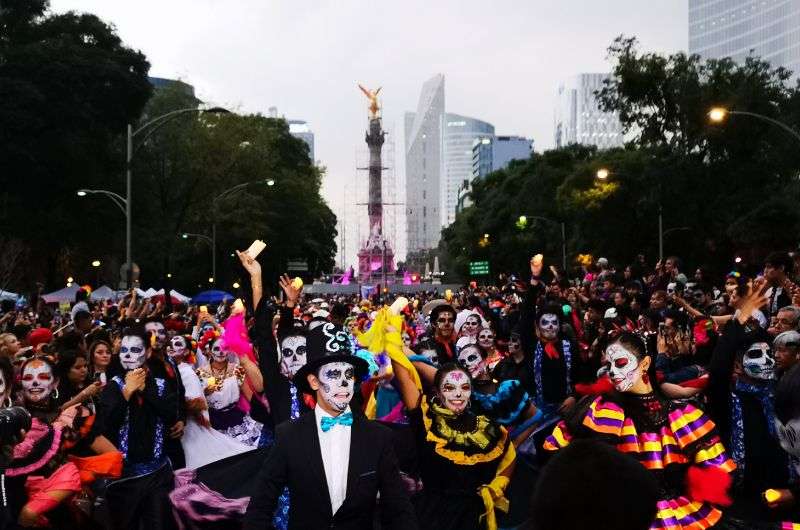
This is the Mexican famous Día de los Muertos (Day of the Dead)
Mexico covers the area of 1,972,550 square kilometers (761,610 square miles). In comparison, that’s three times the area of France, and 25 times the area of Czechia—the country I come from. It would take 2 days and nights of non-stop driving to get from tip to tip. With a population of 126 million citizens, Mexico is the 10th most populated country in the world.
Another random fact: Mexico City, the capital, is the most populous city in Northern America with over 9 million people in the city proper! And if you want to add the entire metropolitan area, you end up with 21 million people! A city with more people than two times my own country, wow. I feel small. Miniscule even.
The north and far south of the country are very sparsely inhabited.
Tip: Check out the best hotels in Mexico City.
3. The 32 states of Mexico
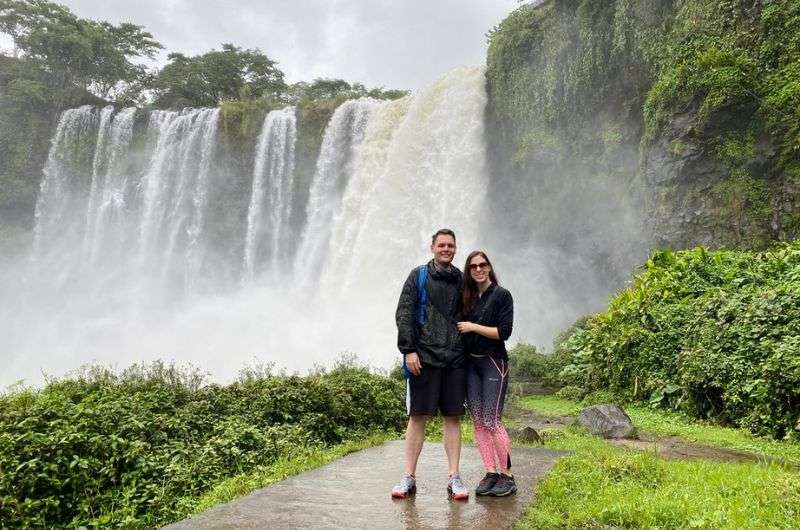
We’ve travelled around a lot of places in Mexico—find out which one I rank the best!
Mexico's official name is United States of Mexico, meaning it is a federation; and it consists of 32 states. One of those states is Mexico City (CDMX).
The states that are most visited by travelers are:
- Quintana Roo and Yucatan: Chichen Itza and Tulum Mayan ruins, Cancun, pink lakes at Los Coloradas, Uxmal, and the safest city in Mexico: Merida, beaches, whale sharks and turtles.
- Central Mexico: Puerto Vallarta in Jalisco; Teotihuacan, Queretaro and Mexico City in CDMX; San Miguel de Allende in Guanajuato; Oaxaca and Puerto Escondido in Oaxaca state; Pico de Orizaba on the border between Puebla and Veracruz.
- Baja California (2 states): Cabo San Lucas, Pescadero, La Paz, Valle de Guadalupe, Espíritu Santo, Laguna de San Ignacio.
Do you want to know more about travel destinations in Mexico? Read my article Top 10 places to visit in Mexico.
Tip: Hang out with turtles and whale sharks in Merida! Book a Merida hotel here.
4. Language in Mexico
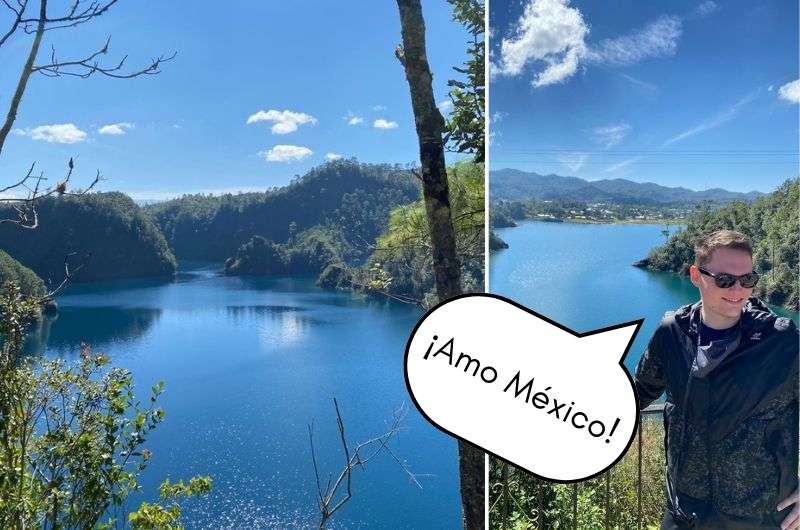
What languages are spoken in Mexico?
The most widespread language in Mexico is Spanish, though perhaps surprisingly, it is not officially defined as the national language.
Instead, Mexico has declared all 69 languages spoken in the country as the official national languages. Even though that sounds like a lot, imagine that 130 other indigenous languages have already disappeared.

I know what you are thinking about counting to 69
There is even a law in Mexico that is supposed to help preserve languages and cultures from vanishing by encouraging bilingual education in the regions and protecting the right to use indigenous languages.
Six million citizens speak indigenous languages, such as the Nahuatl language (spoken by more than 1.5 million citizens), or Maya (spoken by 800,000 citizens).
Some of the indigenous languages are still mother tongues to many people, whereas others are spoken only to be preserved. For example, the Awakatek language has only 20 speakers in Mexico.
Do people in Mexico speak English?
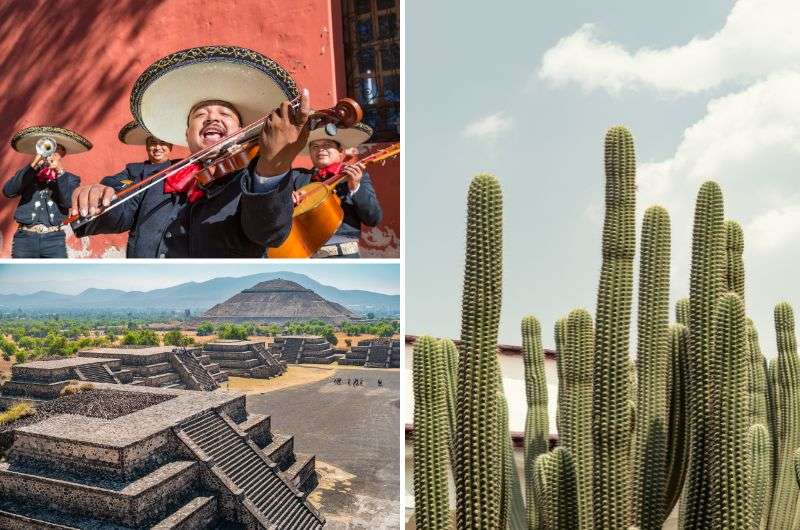
Not really. In the most popular tourist destinations, such as Chichen Itza or Mexico City, people know some English, but I wouldn’t count on it. You had better start learning Spanish phrases, such as Una cerveza, por favor (“One beer, please”) or ¿Dónde está el inodoro? (“Where is the toilet?”). But always keep in mind that Spanish might not be the first language of everyone you meet.
Even if you don’t speak Spanish, you don’t need to be lost. Try using Google Translator. You can speak in your language and the app will repeat your words in Spanish, which is an effective way of communicating in Mexico.
5. Mexico money
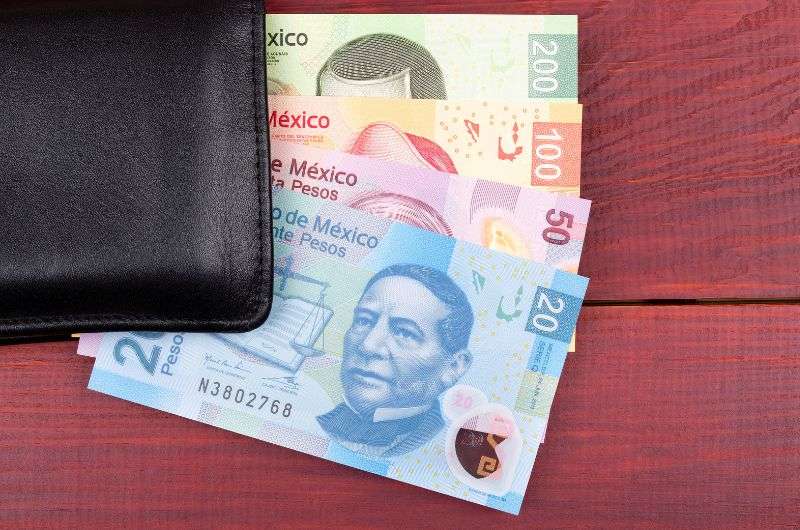
Mexican Peso
The currency in Mexico is the Mexican Peso (MXN). The sign for the peso is $, just like the American dollar, so don't be confused by that. The exchange rates are currently:
- One American dollar is worth 20 pesos.
- One Euro is worth 21 pesos.
- One British Pound is worth 26 pesos.
- One Australian Dollar is worth 15 pesos.
Credit and debit cards are widely accepted in Mexico, though at smaller restaurants and shops, you will need cash.
In most cities and towns, there are lots of ATMs, called cajeros, available, so you can withdraw money directly from your bank account. Be prepared to pay a fee of roughly $30 (that's pesos, remember!) and cajeros do have withdrawal limits that can vary widely. The limit is usually anywhere between $5,000 to $9,000, with Banorte, Scotiabank and Banjercito at the top of the range.
One important note to remember, and this is not true of only Mexico, but everywhere in the world, always decline the ATMs conversion into your currency. This exchange rate is always less favorable than the one your bank will use, plus very often incurs an extra fee on top of the withdrawal fee.
Always try to withdraw money in well-lit areas and use ATMs belonging to banks, not exchange shops. You should also make sure to set the withdrawal and charge limits on your cards to a lower amount in case your card gets compromised. It is also a good idea to let your home bank know you are traveling to Mexico.
6. Mexico climate: What’s the weather like in Mexico?

The weather in Mexico can be described as sunglasses and sunscreen, as well as winter hats and gloves
Mexico is a “megadiverse country”. Maybe you’ve never heard the term before, but it’s exactly as cool as it sounds. Megadiverse countries are 17 countries classified as the most biodiverse countries of the world. The different types of climate in Mexico are temperate, tropical (rainforest, monsoon, savannah), and arid (desert, steppe).
What does that mean for you? Well, depending on where exactly you go, you might need both a swimming suit and a winter hat. Not at the same time, obviously.
Mexico temperature

Mexico is on the list of 17 megadiverse countries of the world
What’s the temperature in Mexico you ask? That’s not an easy question to answer, as both longitude and altitude play an important role. Generally, the further south you travel, the warmer it is, and with higher altitudes, it gets colder.
For example, Yucatán in the far south has an average daily high temperature of 34°C (93°F). It’s one of the warmest regions in Mexico. Mexico City is pretty stable year-round with daytime temps of 23°C (73°F). And the areas in northern Mexico are considered the coldest and vary the most throughout the year. You’ll get anything from 35°C (96°F) in the summer to 5°C (41°F) during the winter days.
About a third of the Mexican states experience snow.
Tip: If you like warm, Yucatan peninsula is the place for you. Book a hotel in Yucatan here. For beaches, parties, and parties on beaches, book a hotel in Cancun and get your vacation on!
Rainy season in Mexico
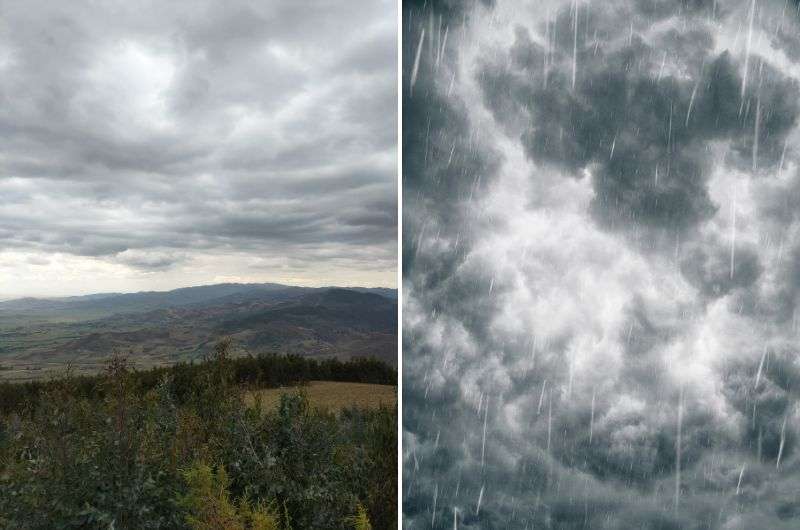
Choose the right season for visiting Mexico
The rainy season runs from May to September in the northern parts of Mexico, and from June to October in the southern parts. It may be raining cats and dogs, and several lightning bolts may be tearing the sky above your head, but it’s not necessarily a bad time to travel in Mexico.
The rain usually takes the form of short showers lasting only a few minutes, and, as a result, the vegetation is greener. For example, Sumidero Canyon has much more water and there are more waterfalls during the rainy season.
Hurricane season in Mexico
The hurricane season affects both coasts of Mexico. It usually lasts from June to November and is linked with hurricanes, tropical storms, and tropical depressions. On average, 12 storms occur in the Atlantic during this period, but the number can vary greatly. For example, in 2020, there were 26 storms, out of which 9 were hurricanes.
7. When’s the best time to visit Mexico?
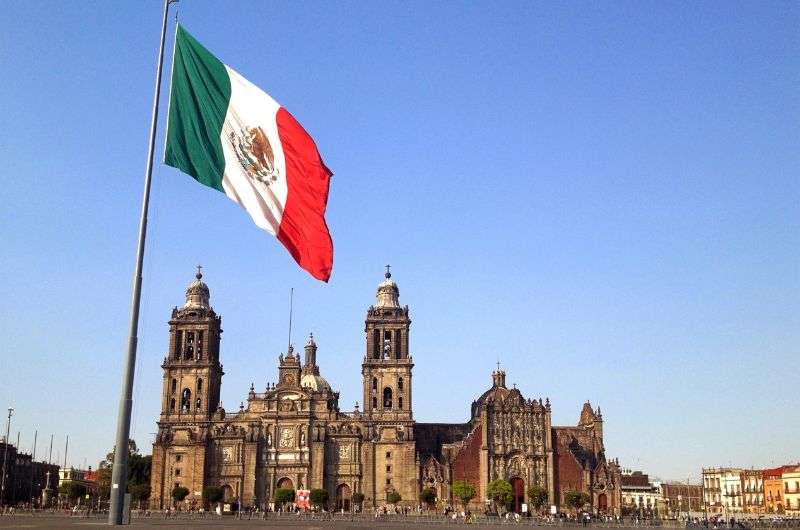
Choose the right time to visit Mexico
The most frequently visited tourist attractions are in the south—and the temperatures there are always high so it doesn’t matter if you go in summer or in winter.
But if it’s visiting northern parts of Mexico that are on your mind, expect snowfall in the winter and temperate weather in the summer.
Summer or winter? Consider rain and hurricanes
It’s also a good idea to take rain and hurricanes into account. If you want to avoid the rainy season and the hurricane season, it’s better to go in winter. But don’t visit Mexico during Christmas! Why? Find that out in 33 Useful Mexico Travel Tips You Need to Know.
On the contrary, if you don’t mind a bit of rain, summer could be a better choice. There are fewer tourists and lower prices.
8. History of Mexico in a nutshell
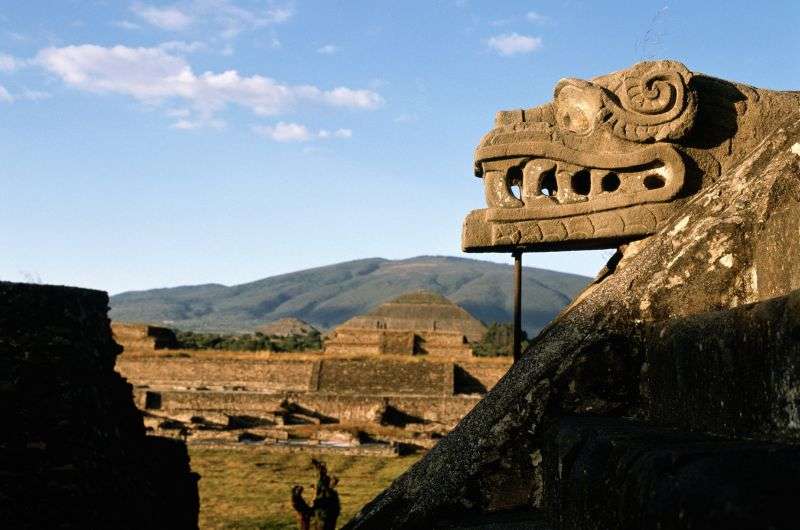
Discover the ancient civilizations' culture
This blog is not a history book, so I will keep it brief. Mexican history starts with ancient civilizations.
The Olmecs (the ones with the heads)
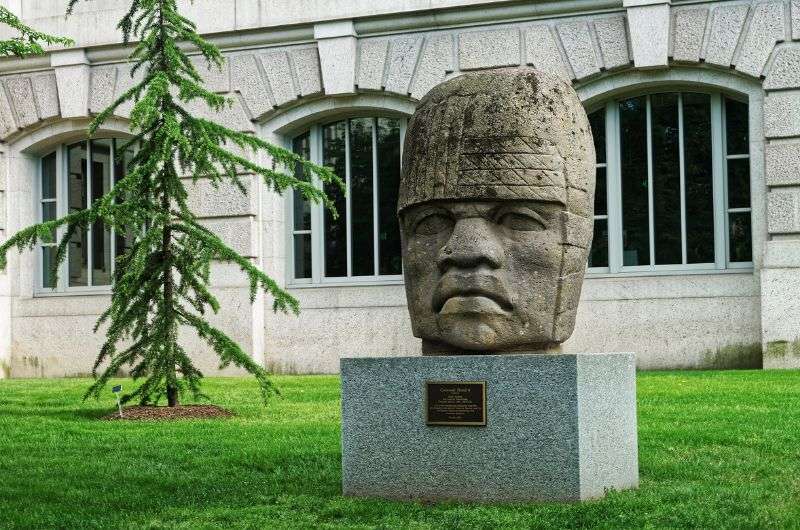
Olmec colossal heads
One of the first ancient cultures in Mexico was the Olmec culture, which appeared around 1200 BC in Veracruz. The Olmecs built temples, where they practiced ritual bloodletting. Their civilization flourished and lived in prosperity, mostly thanks to fertile soil which allowed for agricultural practices. The end of the Olmec culture came in the 4th century BC but we don’t know why.
Being one of the oldest independently emerged civilizations of the world, the Olmecs secured Mexico a spot on the list of the Cradles of Civilization alongside China, India, Egypt, Peru and Mesopotamia.
The characteristic feature, differentiating Olmecs from other ancient civilizations in Mexico, are their statues. There are several “Olmec heads” in Mexico.
The Teotihuacans (the ones with the big city)
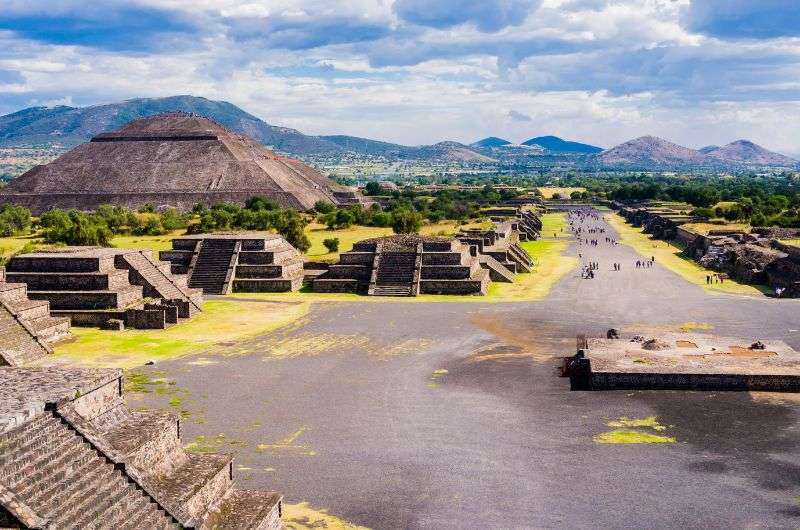
The Teotihuacan ancient culture
Between the 1st and 8th centuries AD, the Teotihuacan culture flourished in Central Mexico. The civilization formed a military empire and had a significant political influence. Teotihuacan was one of the largest cities in the world, renowned for its monumental pyramids. However, the civilization collapsed around the 8th century AD, and again—the reason is not clear.
Tip: Teotihuacan’s fascinating history is sure to make your visit an awe-inspiring one. Pick your hotel near the ancient site.
The Aztecs (the bloodthirsty ones)
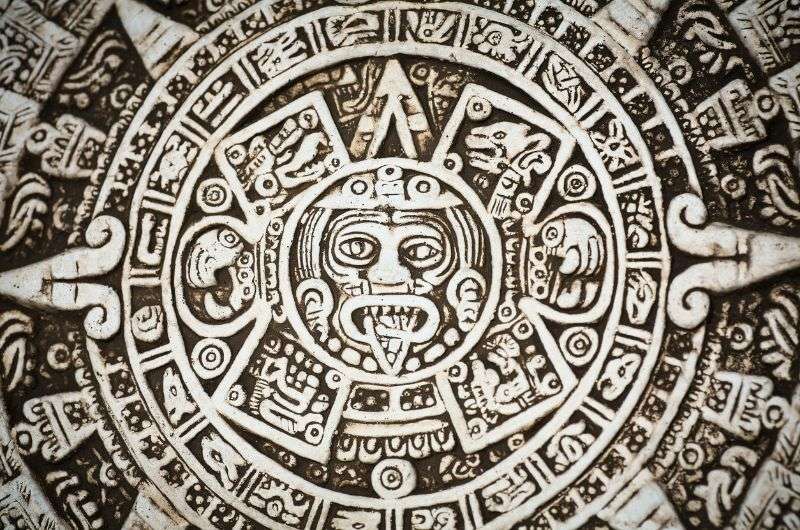
The Aztec culture
The Aztec Empire was a military confederation of three cities: Tenochtitlan, Texcoco, and Tlacopan. It was founded in 1428, and soon became the most powerful culture in Latin America. At its peak in the 16th century, the civilization had 11 million citizens.
The Aztecs carried out ritual human sacrifices on an enormous scale—they allegedly sacrificed over 80,000 prisoners during four days. The civilization ended in 1525, when the Spanish led by Hernán Cortés came in like a wrecking ball and conquered the country.
The Aztecs referred to themselves as the “Mexicas”, later giving the entire country its name.
The Maya (the clever ones)
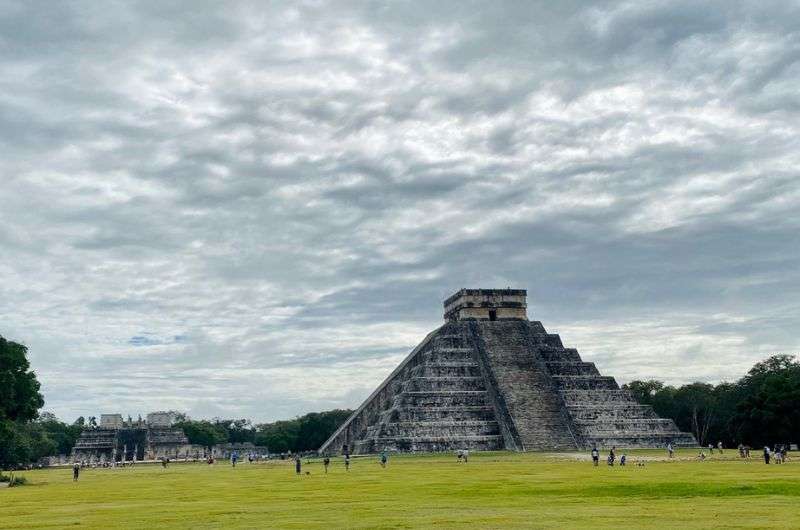
Mayan pyramids are an important part of the history of Mexico
The Maya developed their first civilizations in 2000 BC. They were famous for their calendars, mathematics, and astronomy. They had a complex system of hieroglyphic writing which we haven’t completely deciphered till today. The empire was gradually conquered by the Spanish, but the Mayan culture remains in Mexico. In the 21st century, there’s still a population of over 7 million Mayan people in America.
Tip: Do you want to unwrap the mystery of ancient civilizations and peek behind the curtain (or should I say behind the pyramid)? Read about visiting Chichen Itza: Price and other tourist information you need to know.
Mexico as New Spain
After the conquest of ancient civilizations, Mexico was ruled by the Spanish but remained a very rural and indigenous area. Hundreds of thousands of foreign people who were arriving in Mexico (Europeans, Asians, and African slaves) brought deadly diseases. It wasn’t a very happy period. In the 19th century, the War of Independence followed.
Independent Mexico
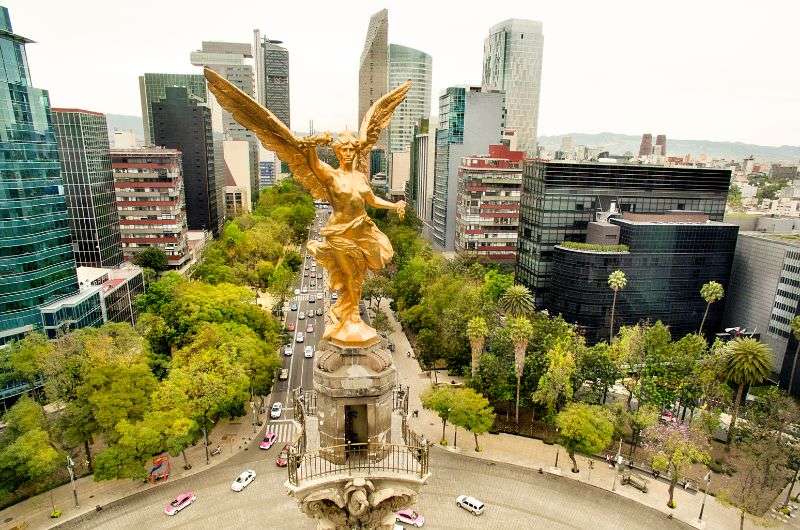
Angel of Independence monument
The declaration of independence was followed by a little bit of chaos. First, Mexico was an empire, but very soon the First Mexican Republic was declared. After a few years, an empire was declared again, and the republic was restored. See? Chaos, I told you.
Now, Mexico is a federation of 32 states and its president is Andrés Manuel López Obrador (as of April 2022).
9. Mexico: Religion
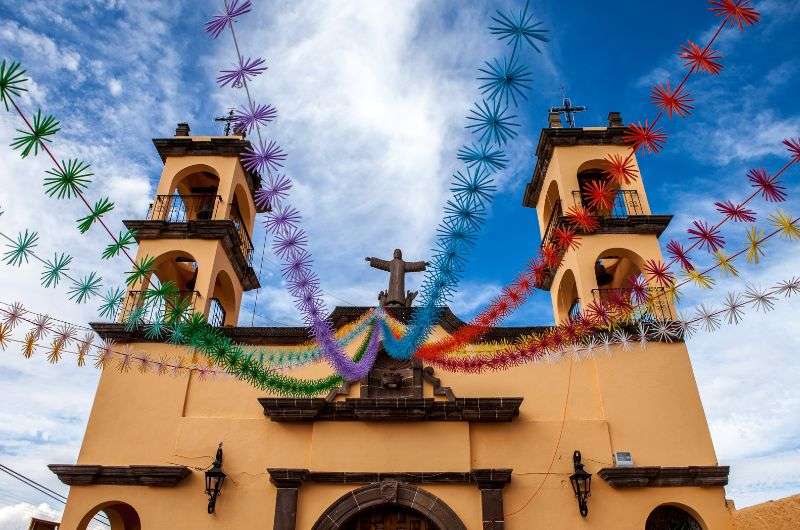
Mexican church
89% Mexicans are Christians—78% Roman Catholics and 11% Protestants. That’s why there are so many chapels, churches, and cathedrals in Mexico. 8% Mexicans are atheists. Mexico does not have an official religion, though the presence of religion is evident everywhere.
Even though Catholicism is so widespread, it takes on a different form of the religion than what is customary in other parts of the world.
Religion in Mexico is present and shown everywhere, in everyday lives and at special events, but at the same time, the sense of social commitment to religious virtues and sacrifices can be lacking. Afterall, even the corrupt politicians and cartel kings all consider themselves proper Catholics.
It is also important to know that Mexicans are superstitious and many believe in magic, as well as fear black magic. There are many healers throughout the country that are trusted to help people in instances where medicine or science can't, or where Catholicism has seemed to disappoint. They are also cheaper than standard healthcare.
How Christianity made its way into Mexico is twofold:
Virgin of Guadalupe
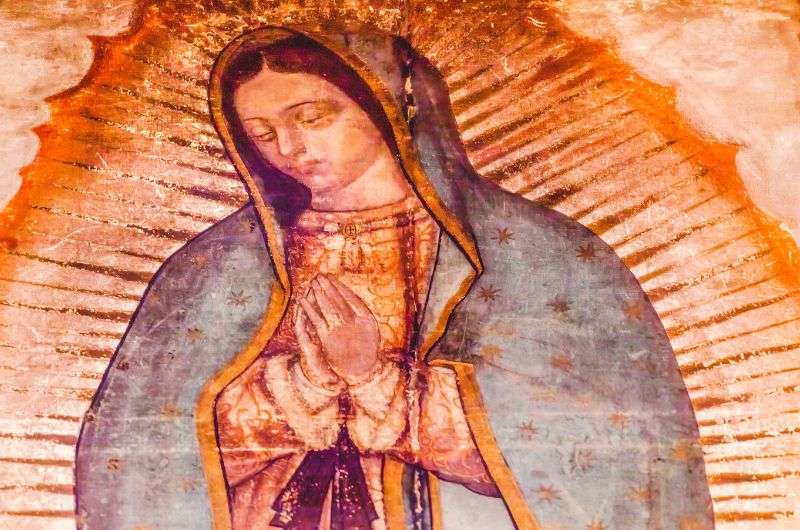
La Virgen de Guadalupe
In pre-catholic times, the indigenous people worshipped deities. Goddess Tonantzin, or “Mother Earth” or just “Our Great Mother” was the most loved and had a temple at Tepeyac.
When La Virgen de Guadalupe (Virgin of Guadalupe) appeared to Juan Diego in the 1530s, she identified herself as Virgin Mary, had darker skin and spoke the Aztec language. He saw her for the first time at Teteyac, at the same spot that Tonantzin had her temple.
The miracle was followed by a large number of indigenous people getting baptized and finally converting to Catholicism.
As the indigenous peoples transferred their beliefs and practices from Tonantzin to the Virgin of Guadalupe, they also molded classic Catholicism to fit their views of the world and the religion they previously followed.
Today, the Basilica of Guadalupe at Tepeyac is the most visited Catholic pilgrimage site in the world, and every home has images of the Virgin of Guadalupe to protect them and grant their prayers.
Aztec legends of white gods
Based on an Aztec legend, a white-skinned god was supposed to come from the east to the Aztec lands. When the Spaniards arrived, they conveniently had white skin and used the Aztec legend to their advantage, getting many of the locals to believe they are the gods they have been waiting for.
Using the beliefs of the Aztecs to their gain, the Spanish conquistadors persuaded the Aztecs to submit. Add on their active effort to spread Christianity and you get a strong Christian following mixed with the original religious beliefs of the indigenous people.
10. Mexican food
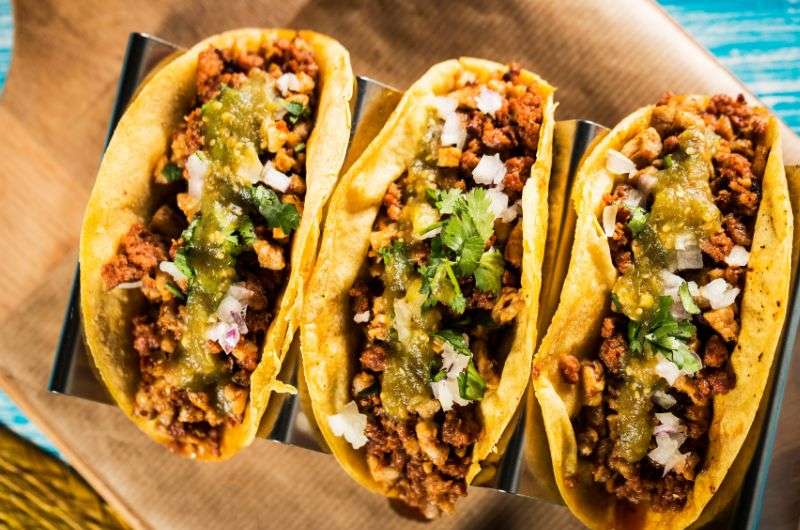
The most famous Mexican food—tacos
Mexican food is world famous. It was a little disappointing for me because even though it is full of colors, scents, and spices, and includes recipes developed thousands of years ago, it’s actually very stereotypical. If you love corn and tortillas, you might not notice, but otherwise it’s a whole lot of variations of the same.
It’s usually not spicy on its own. Instead, you almost always get a separate sauce in a bowl—salsa verde or pico de gallo—that is spicy.
Traditional Mexican cuisine includes these dishes:
- Tacos: the best food in Mexico. A tortilla with a filling/topping consisting mostly of meat and veggies. Very often sold as street food, it’s cheap and delicious.
- Churros: the other best food in Mexico. A long, sweet, fried dough coated with cinnamon sugar. What’s not to love.
- Tamales: pieces of corn-based dough wrapped and cooked in banana leaves or corn husks. They are filled with meat, cheese, and vegetables.
- Pozole: a traditional Mexican soup. The base is always a broth from hominy (hominy is Mexican food made of dried corn), with some meat is added in. It’s typically served on New Year’s Eve.
- Guacamole: an avocado-based dip.
For more great food, information about typical Mexican drinks, plus 3 foods we hated—read my article about the food in Mexico.
11. What are people in Mexico like?
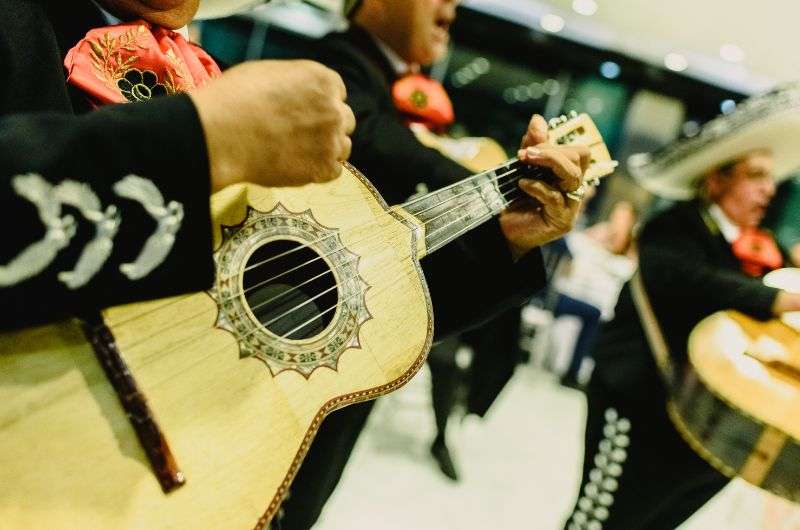
Mexicans are really friendly and kind
There are two points of view:
- Objective: 126 million people live in Mexico, making it the 10th most populous country on the planet. And that’s a hell of a lot. The number includes various races, ethnicities, and nationalities, creating a multicultural environment for everyone.
- Subjective: Almost everyone we met in Mexico went bananas when we asked for something, and did their best to help us. And I mean it: the people we met were friendly, generous and kind. And I usually don’t even like people!
12. Mexican economy
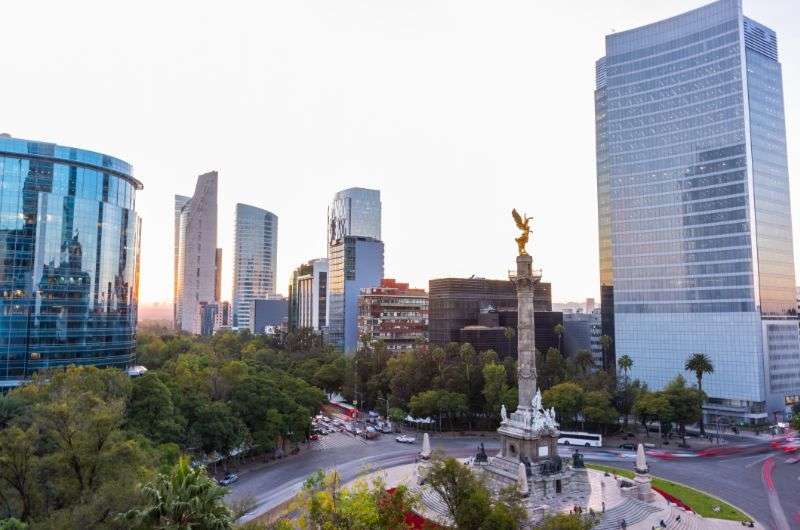
What is the economic situation in Mexico like?
- Does Mexico have a large economy? Yes, it has the 15th largest GDP in the world (as of 2018). Are Mexicans rich? No. Their HDI is.
- Does the Mexican economy grow? Yes, as fast as greased lightning.
- Is there still incredible poverty? Also yes.
How is that possible? Even though the Mexican GDP was 8,421 US dollars per capita in 2020, 46% of Mexican citizens live in poverty according to the CONEVAL. The salary in Mexico usually moves in the range of 8,400 Mexican pesos (420 US dollars) and 148,000 Mexican pesos (7,500 US dollars) per month. You may call it economic disparity, but I call it crazy.
Things don’t always go without sleaze in Mexico. The country deals with high crime rates, drug production, and official corruption. Don’t be surprised to meet a cop asking for a bribe. It’s one of the most urgent problems modern-day Mexico is facing.
Travel Tips and Tricks for Mexico
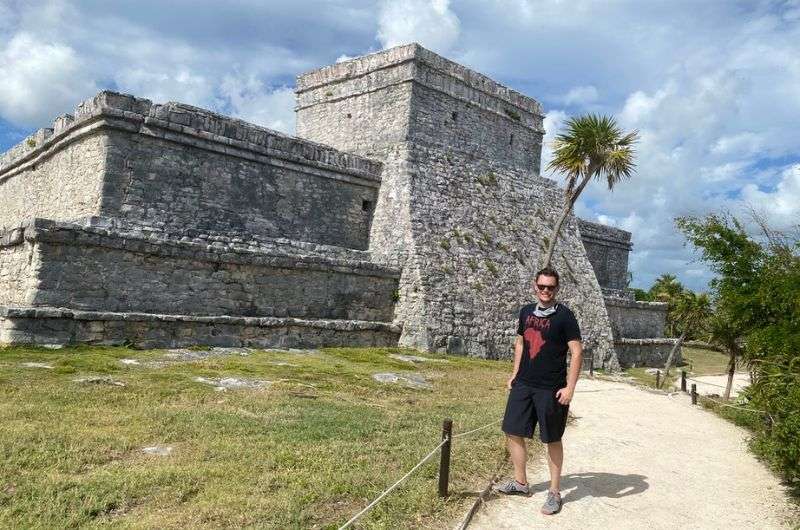
Discover helpful tricks about traveling in Mexico
These were the basic facts about Mexico, the bare minimum that every traveler should be aware of. If you want to dig a few inches deeper, see my helpful tricks about traveling in Mexico: 33 useful Mexico travel tips.
This post may contain affiliate links. We earn a small commission if you make bookings through my links, at no additional cost to you. This helps us keep this blog free, thank you!


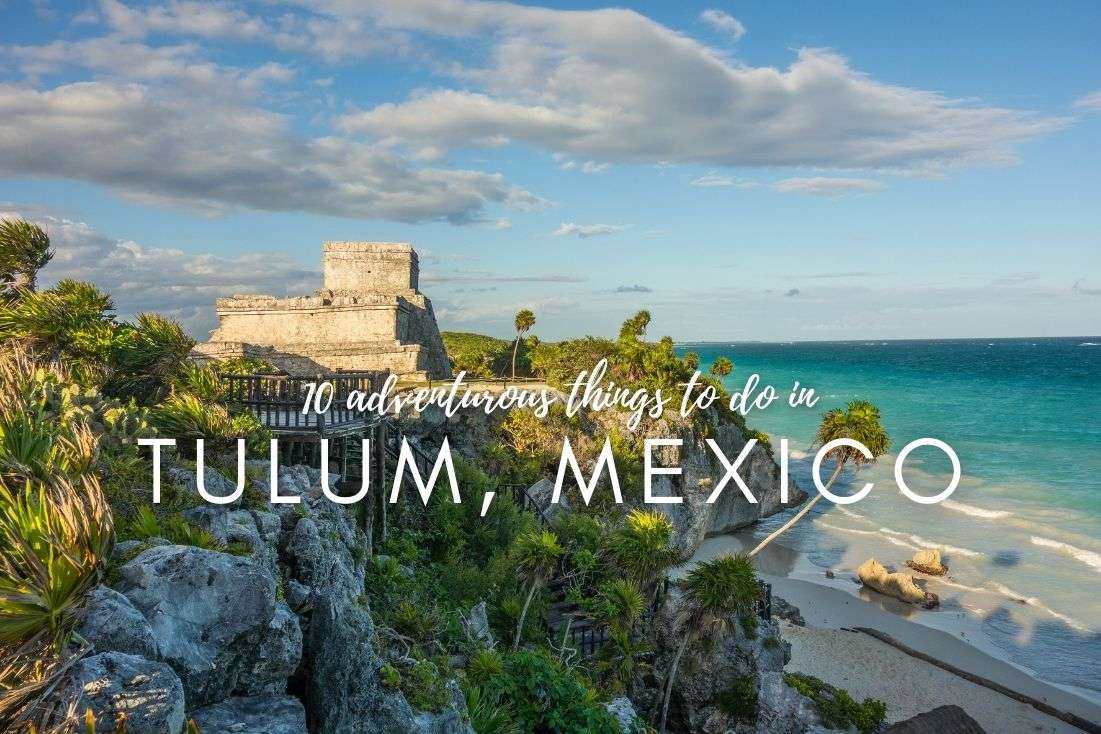
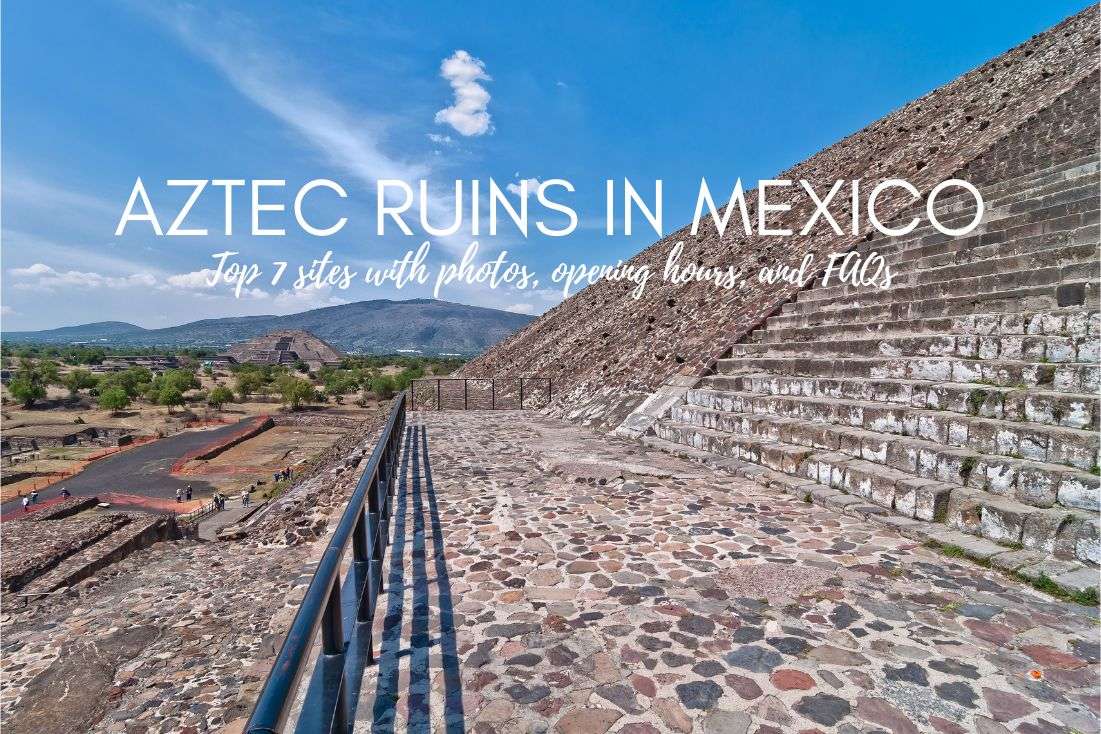






Comments | Thoughts? Give us a shout!